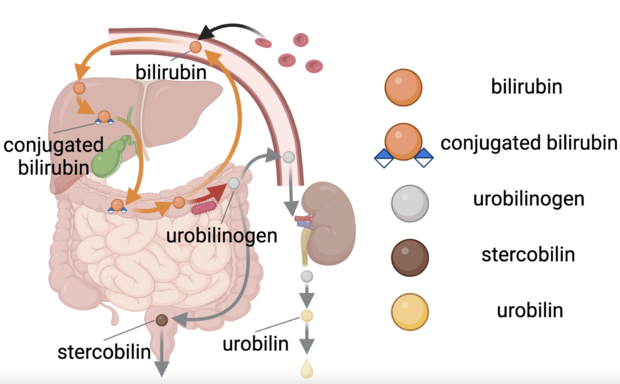Many people use a smartwatch to monitor their cardiovascular health, often by counting the number of steps they take over the course of their day, or recording their average daily heart rate. Now, researchers are proposing an enhanced metric, which combines the two using basic math: Divide your average daily heart rate by your daily average number of steps.
The resulting ratio — the daily heart rate per step, or DHRPS — provides insight into how efficiently the heart is working, according to a study conducted by researchers at the Feinberg School of Medicine at Northwestern University and published today in the Journal of the American Heart Association.
The study found that people whose hearts work less efficiently, by this metric, were more prone to various diseases, including Type II diabetes, hypertension, heart failure, stroke, coronary atherosclerosis and myocardial infarction.
“It’s a measure of inefficiency,” said Zhanlin Chen, a third-year medical student at the Feinberg School of Medicine at Northwestern University and lead author of the new study; his coauthors included several Feinberg faculty physicians. “It looks at how badly your heart is doing,” he added. “You’re just going to have to do a tiny bit of math.”
Some experts said they saw wisdom in DHRPS as a metric. Dr. Peter Aziz, a pediatric cardiologist at the Cleveland Clinic, said it appeared to be an advance on the information provided by daily steps or average heart rate alone.
“What is probably more important for cardio fitness is what your heart does for the amount of work it has to do,” he said. “This is a reasonable way to measure that.”
The metric does not look at heart rate during exercise. But, Dr. Aziz said, it still provided an overall sense of efficiency that, importantly, was shown by researchers to have an association with disease.
The size of the study added validity to the findings, Dr. Aziz said. The scientists mapped Fitbit data from nearly 7,000 Smartwatch users against electronic medical records.
Mr. Chen said that a simple way to grasp the value of the new metric was to compare two hypothetical individuals. Both take 10,000 steps a day, but one has an average daily resting heart rate of 80 — in the middle of the healthy range — while the other’s daily resting heart rate is 120.
The first person would have a DHRPS of 0.008, the second 0.012. The higher the ratio, the stronger the signaling of cardiac risk.
In the study, the 6,947 participants were divided into three groups based on their ratios; those with the highest showed a stronger association with disease than other participants did. The D.H.R.P.S. metric was also better at revealing disease risk than were step counts or heart rates alone, the study found.
“We designed this metric to be low-cost and to use data we’re already collecting,” Mr. Chen said. “People who want to be in charge of their own health can do a little bit of math to figure this out.”




